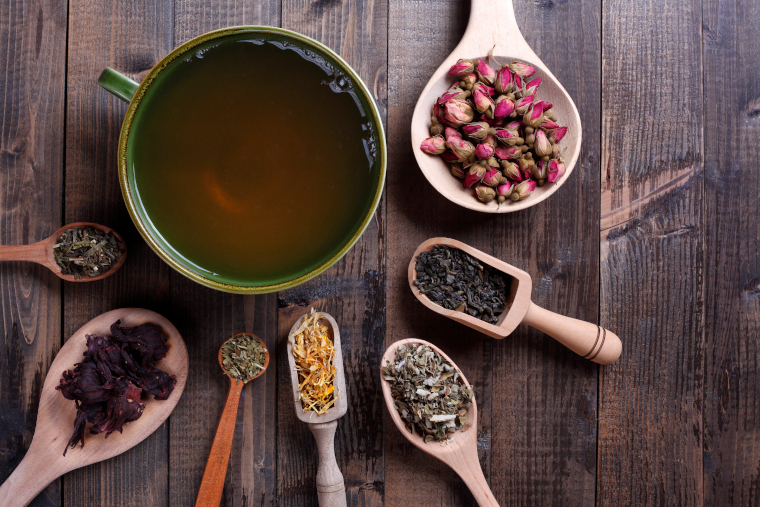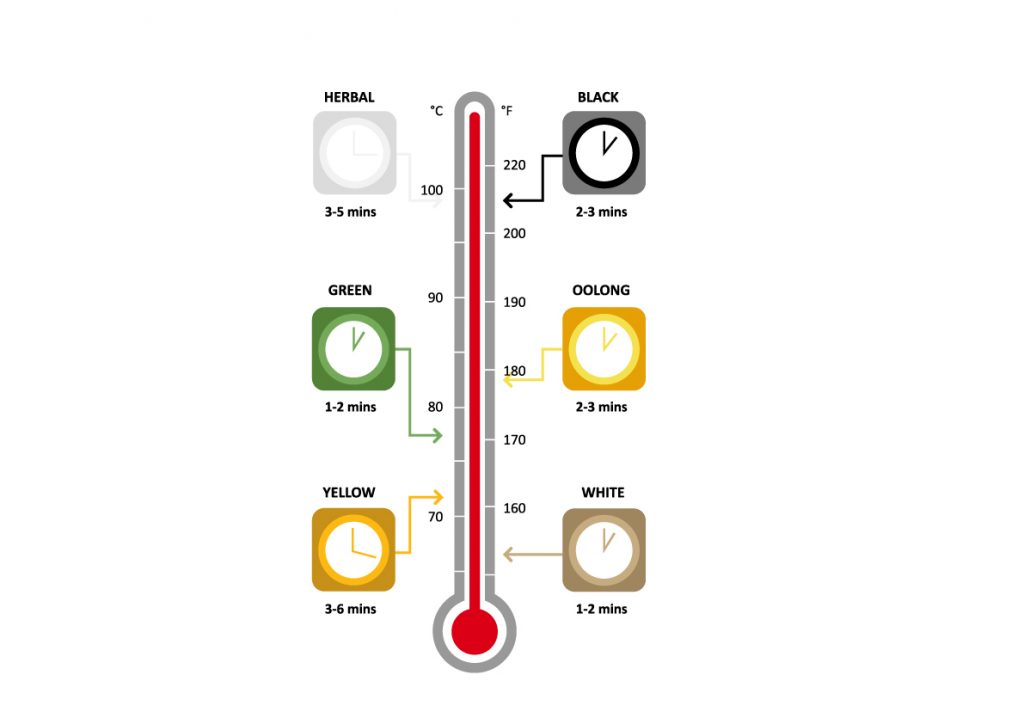The Depths of Tea
Tea offers a lot of health benefits. It has high antioxidants and immune-boosting properties which helps to lower blood pressure and fight tooth decay. Tea is also rich in potassium, calcium, phosphorus, magnesium and other trace minerals. Green tea is also said to have anticarcinogenic properties. However, tea is not a quick fix or a panacea but drinking tea regularly can bring about long-term health benefits.
True tea comes from the Camellia Sinensis plant while herbal tea, also called tisane or infusion is made from the infusion of spices, herbs or fruit extract in hot water. Note that although herbal tea is infused like tea and enjoyed like tea, they actually do not contain any tea leaves. Then, there’s the ever-popular milk tea with various local variations like bubble tea, teh tarik, masala chai, Thai tea and many more.
If you’re only drinking tea, you’re missing out on a world of flavours and culinary opportunities. It is really more than just steep, drink, repeat, tea when used in cooking can add layers to sweet savoury dishes. A pinch of tea leaves can really bring about a lot of difference to a dish.
360Foodsensmosis has dedicated significant amount of time to develop our tea palates, learning about the tea terminology and understanding the properties of tea. Let us unravel new worlds of flavour and make full use of tea’s grocery potential.

Types of Tea
There are many types of tea and it varies by the maturity of the leaves when picked, to the degree and duration of its processing. In general, tea can be divided into six basic categories:
Steep, Smell, Taste
Brewing the perfect cup of tea requires a combination of science and art. Firstly, you’ll need water that has a moderate amount of mineral. This helps to bring out the optimum flavour of the leaves. Next, steeping the leaves at the right water temperature and the right timing to produce a slightly acidic brew with a pH close to 5. Examine the colour and smell the tea to really experience and develop your palate to appreciate the taste of tea. Finally, slurp the tea allowing the liquid to roll over your tongue as you breathe out through your nose and swallow the tea. Let the tea run down your system and dissect its flavour and mouthfeel.From the Earth to the Cup
The tea plant, Camellia Sinensis is propagated from seeds or cuttings. The seed pod takes about 3-5 months to germinate and then is kept under the shade away from sunlight. The cuttings on the other hand ensures genetic consistency in both taste and quality. Tiny seedlings after successful propagation will then be transplanted to the tea estate. Overall, it takes about 5 years for the seedling to be mature enough for harvesting.
Tea trees that are 30 to 50 years of age produce the best quality of tea. Older trees tend to age and produce lower quality tea in which they are uprooted. Tea farms will then plant lemongrass on the uprooted plots of land for two years. The lemongrass is then harvested and made into soil fertilizer for the new tea tress.
Pruning the tea trees is a must to ensure the health of the tree. Light pruning every one or two years and deep pruning every 5 years where large parts of the tree are cut, leaving only its larger branches. This encourages the regrowth of the tea tree. It is indeed a labour of love to produce the tea that we sip in our cups.


